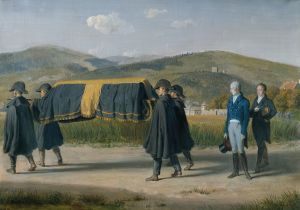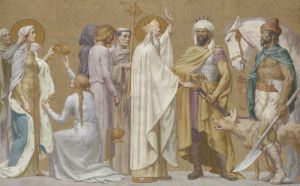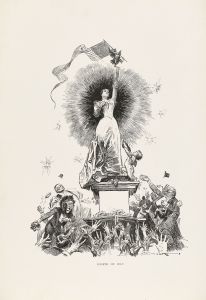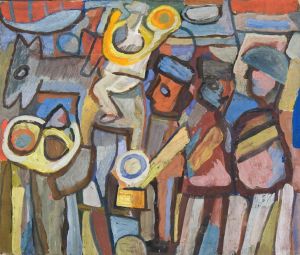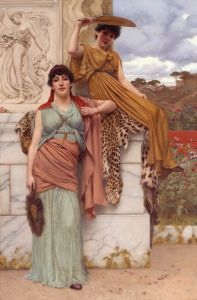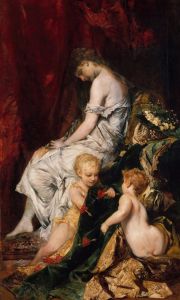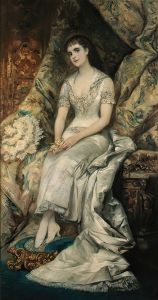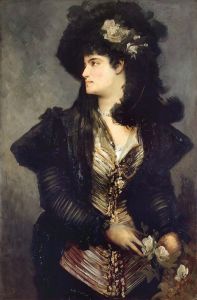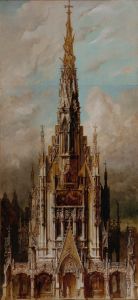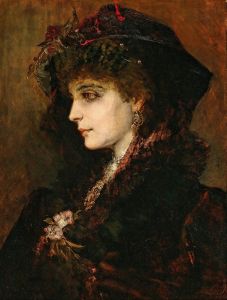
Entwurf zum Festzug 1879 – Die Zuckerbäcker
A hand-painted replica of Hans Makart’s masterpiece Entwurf zum Festzug 1879 – Die Zuckerbäcker, meticulously crafted by professional artists to capture the true essence of the original. Each piece is created with museum-quality canvas and rare mineral pigments, carefully painted by experienced artists with delicate brushstrokes and rich, layered colors to perfectly recreate the texture of the original artwork. Unlike machine-printed reproductions, this hand-painted version brings the painting to life, infused with the artist’s emotions and skill in every stroke. Whether for personal collection or home decoration, it instantly elevates the artistic atmosphere of any space.
Hans Makart was an influential Austrian painter of the 19th century, known for his historicist style and grandiose compositions. One of his notable works is "Entwurf zum Festzug 1879 – Die Zuckerbäcker," which translates to "Design for the Parade 1879 – The Confectioners." This painting is part of a series of designs created by Makart for a grand parade held in Vienna in 1879, celebrating the silver wedding anniversary of Emperor Franz Joseph I and Empress Elisabeth of Austria.
Makart's involvement in the parade was significant, as he was responsible for designing the entire event, which was a major cultural and social occasion in Vienna. The parade featured a series of floats, each representing different trades and guilds, and Makart's designs were instrumental in bringing these concepts to life. "Die Zuckerbäcker" specifically highlights the confectioners' guild, showcasing their craft and contribution to society.
The painting itself is characterized by Makart's typical use of vibrant colors and dynamic composition. It captures the opulence and festive spirit of the event, with figures dressed in elaborate costumes, surrounded by decorative elements that emphasize the theme of confectionery. The attention to detail in the costumes and the depiction of sweets and pastries reflects the importance of the confectioners' trade in Viennese culture.
Makart's work on the parade and his designs, including "Die Zuckerbäcker," were well-received and contributed to his reputation as a leading artist of his time. His ability to blend historical themes with contemporary events made his work particularly appealing to the public and the imperial court. The parade itself was a spectacle that demonstrated the unity and diversity of the various trades in Vienna, and Makart's artistic vision played a crucial role in its success.
The painting is also an example of Makart's broader impact on the art world, as he was known for his ability to create immersive and theatrical experiences through his work. His influence extended beyond painting, affecting interior design, fashion, and even theater production in Vienna. Makart's style, often referred to as "Makartstil," became synonymous with the aesthetic of the Ringstrasse era in Vienna, characterized by its grandeur and eclecticism.
Today, "Entwurf zum Festzug 1879 – Die Zuckerbäcker" is appreciated not only for its artistic merit but also for its historical significance. It serves as a window into the cultural life of Vienna in the late 19th century, reflecting the city's rich traditions and the role of art in public celebrations. Makart's legacy continues to be celebrated, and his works remain an important part of Austria's cultural heritage.





